四国八十八箇所
( Shikoku Pilgrimage )
The Shikoku Pilgrimage (四国遍路, Shikoku Henro) or Shikoku Junrei (四国巡礼) is a multi-site pilgrimage of 88 temples associated with the Buddhist monk Kūkai (Kōbō Daishi) on the island of Shikoku, Japan. A popular and distinctive feature of the island's cultural landscape, and with a long history, large numbers of pilgrims, known as henro (遍路), still undertake the journey for a variety of ascetic, pious, and tourism-related purposes. The pilgrimage is traditionally completed on foot, but modern pilgrims use cars,...Read more
The Shikoku Pilgrimage (四国遍路, Shikoku Henro) or Shikoku Junrei (四国巡礼) is a multi-site pilgrimage of 88 temples associated with the Buddhist monk Kūkai (Kōbō Daishi) on the island of Shikoku, Japan. A popular and distinctive feature of the island's cultural landscape, and with a long history, large numbers of pilgrims, known as henro (遍路), still undertake the journey for a variety of ascetic, pious, and tourism-related purposes. The pilgrimage is traditionally completed on foot, but modern pilgrims use cars, taxis, buses, bicycles, or motorcycles, and often augment their travels with public transportation. The standard walking course is approximately 1,200 kilometres (750 mi) long and can take anywhere from 30 to 60 days to complete.
In addition to the 88 "official" temples of the pilgrimage, there are 20 bekkaku (別格) temples, which are officially associated with the Shikoku Pilgrimage (and hundreds more bangai (番外) temples, simply meaning "outside the numbers," which are not considered part of the official 88). To complete the pilgrimage, it is not necessary to visit the temples in order; in some cases, pilgrims complete the journey in reverse, a practice known as gyaku-uchi (逆うち).
Henro (遍路) is the Japanese word for pilgrim, and the locals along the route address the pilgrims as o-henro-san (お遍路さん). They are often recognizable by their white clothing, sedge hats, and kongō-zue or walking sticks. Alms or osettai (お接待) are frequently given to pilgrims by Shikoku's residents.
Before reaching Temple 88, walking and bicycle pilgrims can receive a "Shikoku 88 Temple Pilgrimage Henro Ambassador" certificate from the Maeyama Ohenro Koryu Salon. At Temple 88, one can purchase a pilgrimage completion certificate called a kechi-gan-shō (結願証), meaning "fulfillment of one's wishes." Many pilgrims also begin and complete the journey by visiting Mount Kōya in Wakayama Prefecture, which was settled by Kūkai and remains the headquarters of Shingon Buddhism. The 21 kilometres (13 mi) walking trail up to Kōya-san still exists, but most pilgrims use the train.
Pilgrimages have played an important part in Japanese religious practice since at least the Heian period. Typically centred upon holy mountains, particular divinities, or charismatic individuals, they are usually to Buddhist sites although those to the shrines of Kumano and Ise are notable exceptions.[1][2]
Kōbō DaishiKūkai, born at Zentsū-ji (Temple 75) in 774, studied in China, and upon his return was influential in the promotion of esoteric Buddhism. He established the Shingon retreat on Kōya-san, was an active writer, undertook a programme of public works, and during visits to the island of his birth is popularly said to have established or visited many of its temples and to have carved many of their images. He is posthumously known as Kōbō Daishi.[3][4]
DevelopmentThe legends and cult of Kōbō Daishi, such as the episode of Emon Saburō, were maintained and developed by the monks of Kōya-san who travelled to expound Shingon and were active, along with other hijiri, in Shikoku.[5] In the Edo period, the policy of tochi kinbaku (土地緊縛) restricted and regulated the movement of ordinary people. Pilgrims were required to obtain travel permits, follow the main paths, and pass through localities within a certain time limit, with the book of temple stamps or nōkyō-chō helping to provide proof of passage.[6]


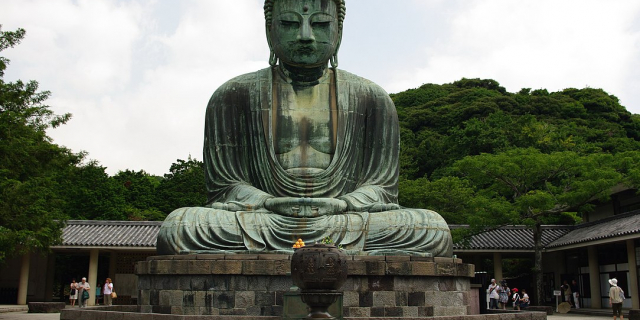
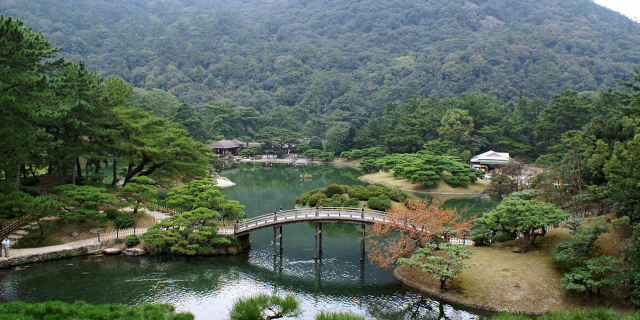





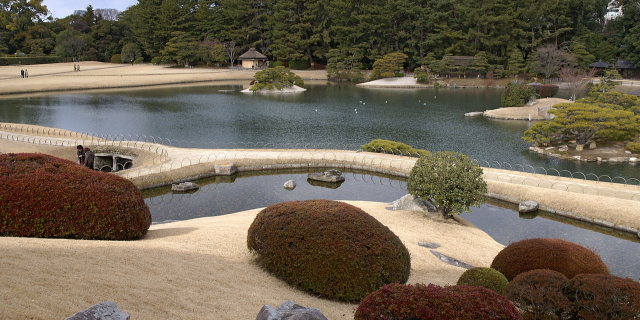





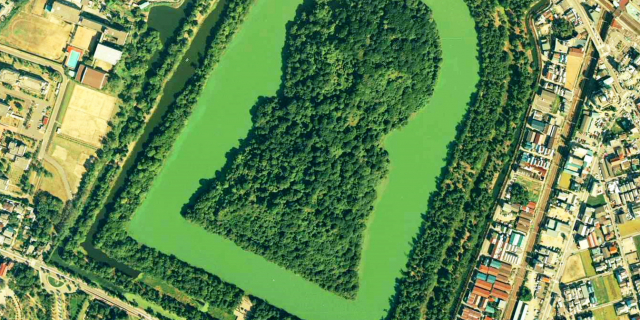

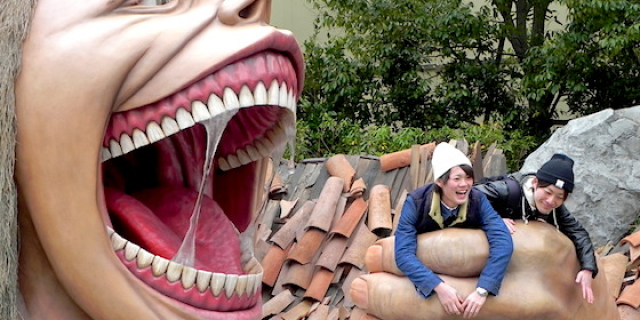











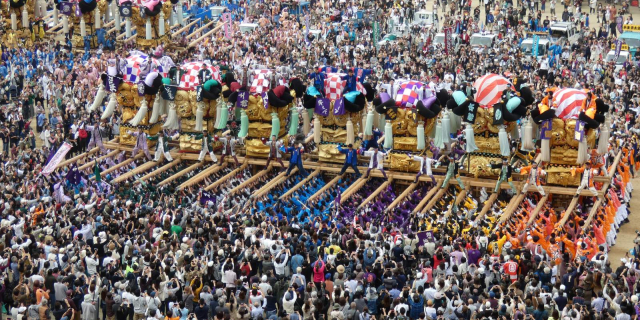




Add new comment